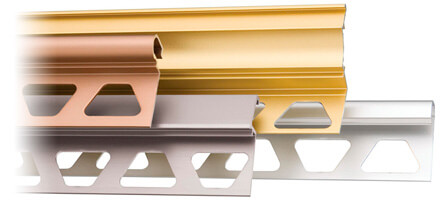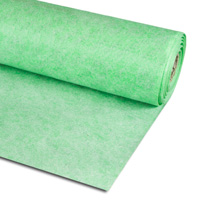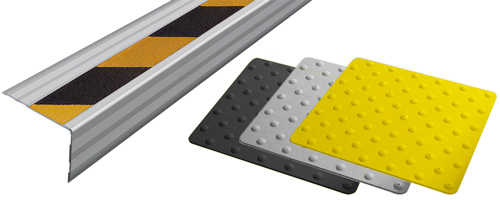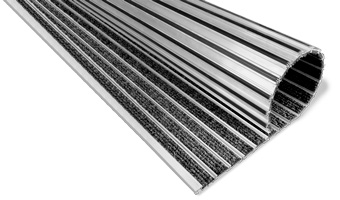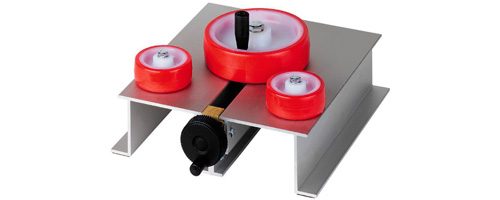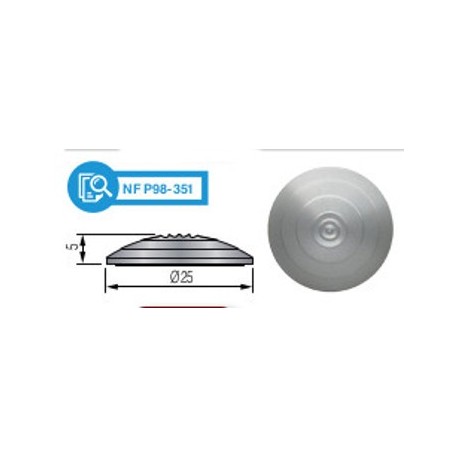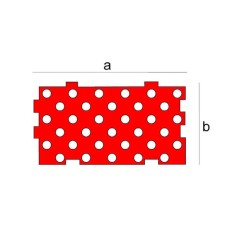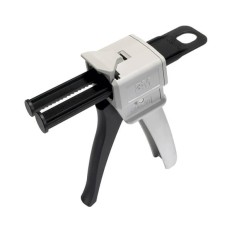Dinaplot Aluminum podotactile buttons have been designed to improve accessibility and as a warning solution to identify areas with obstacles, or areas where there is a change in height or opening without protection, such as stairs and open platforms. Made of galvanized steel, it makes them ideal for indoor and outdoor environments, and due to its non-slip and foot-resistant texture, they are easily identifiable by users. The placement template adjusts the size and arrangement of the installation holes.
Applications
Dinaplot Aluminum are tactile studs designed to be placed, according to a pattern, as a warning element against the risk posed by the edges of platforms, pedestrian crossings, beginning and end of stairs, among others, especially for the blind and disabled. visual.
The buttons placed at the beginning and end of stairs, serve as a signaling element by means of tactile contrast thanks to the 5 mm projection.
The studs are indicated for external placement.
Materials
Dinaplot Aluminum are made of aluminum, a metal with excellent properties.
Aluminum is a very common metal that is used in everyday utensils, tools, household appliances, housing structures, etc. It is also a metal widely used in less domestic areas such as infrastructure construction, the automobile or maritime industry, among others.
Installation
The installation of a tactile pavement with Dinaplot Aluminum is done in a simple way through the use of adhesives. May
help yourself with the placement template available optionally although recommended.
- Position the template on the floor and make sure that it is properly fixed and in its optimal position and mark the placement points.
- Apply a small amount of chemical adhesive avoiding overflow
- Attach the Dinaplot at the corresponding points
- Let dry. Observe the drying time indicated by the adhesive manufacturer.
For the installation of Dinaplot Aluminum you can use a common chemical adhesive on the market.
Cleaning and maintenance
Dinaplot Aluminum do not require excessive maintenance. It will be enough to use water and detergent or a specific neutral cleaner in solution. Outdoors the rains will have a cleaning function.
The use of abrasive or pickling products is not recommended, as well as strong acids (hydrochloric and perchloric), strong bases (caustic soda or ammonia) or carbonated solutions.

